While it does sound like rocket science, it’s not! Programmatic advertising is complex, yes, but it makes things extremely simple. Programmatic advertising is simply the process of purchasing ad space via software that relies on complex algorithms to deliver advertisements contextually. It does away with the traditional process that involves RFPs, human negotiations and manual insertion orders.
Does reading that remind you of your days in school? Don’t worry… It’s not complicated… Programmatic advertising is basically using machines to buy ads!

Why Does It Matter?
Increased efficiency; in the past, digital ads were bought and sold by human ad buyers and salespeople who could often be expensive and unreliable. Programmatic advertising technology makes ad buying more efficient and thus cheaper by eliminating humans from the process where possible.
Damn These Machines!
So now are more people to lose jobs to robots? Not really. Actually, with Programmatic advertising, technology is taking on many of the mundane functions that had to be performed by humans; humans are still required to optimize campaigns and plan strategies. Marketers and sellers will soon have much more free time to plan and execute sophisticated, customized campaigns instead of getting bogged down in bureaucracy.
Machines are better suited to mundane work than humans.
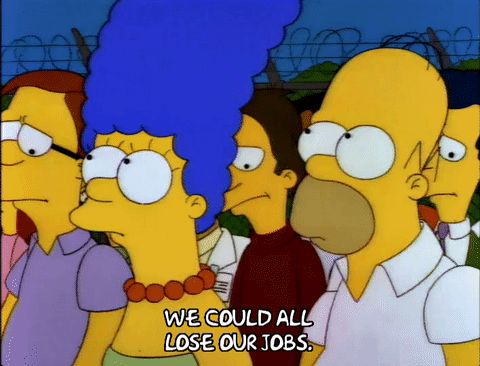
Did you know?
65% of all money spent on advertising in digital media in 2019 will be traded programmatically? This will be a growth of 19% on the previous year

So, Is This The Future?
Most likely, yes! Many agencies are now looking to buy as much media as possible via programmatic channels. Major brands are also building in-house teams to handle programmatic ad buying as most of their budgets are spent that way. Currently, programmatic advertising is used mainly for the trading of online ads but in the future, we’ll probably see traditional media such as TV spots and out-of-home ads being traded this way too.

Some Examples
O2 – Tariff Refresh – O2 is mobile telco operator in the UK that provides users with the opportunity to trade in their old phones and upgrade to new. The company did a series of ads about this service and the ads were repurposed for mobile video with data about the user (device/location) being used to add relevant messaging to the video.
The videos referenced each individual user’s phone model, its recycling value with O2, the offers on upgrades, including what upgrades were generally preferred, as well as the location of the nearest store.
More than 1,000 versions of the video ad were created in real-time during the campaign. The results were great and included a 128% increase in click-through rates over generic videos.
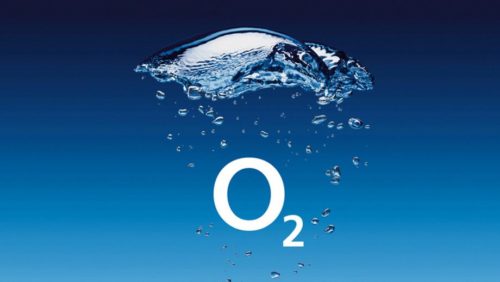
Air Asia – Customer Confidence Boost – After the Air Asia’s fatal crash in December 2014, which killed all on board, the company wanted to run a campaign to boost customer confidence. They used display ads and segmented customers in three ways: Those who had bought an Air Asia ticket previously but not since the 2014 crash, those who bought a ticket after the incident and high-value Air Asia advocates (i.e. regular customers that championed the brand).
These customer profiles were targeted on Facebook with different material. Frequent flyers were shown ads detailing reasonable rates for routes they had flown before and directed to the Air Asia website. Recent visitors to the website who searched for a route but didn’t convert were retargeted on Facebook with information about these routes and high-value customers were targeted with brand advertising, including video.
In both these examples, we can clearly see how programmatic advertising is transforming the face of contextual advertising. Neither of these campaigns could have been executed affordably and efficiently without programmatic advertising.
.
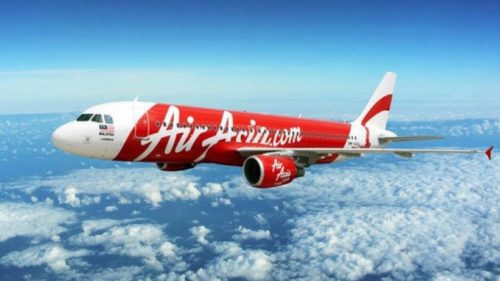
Great Platforms for Programmatic Advertising
AdRoll – is a digital marketing technology platform that specializes in retargeting and can reach customers across any device, app or browser with access to more than 500 ad exchanges, including native inventory like Google, Instagram, Facebook, and Twitter. Across different platforms, AdRoll provides tools for more effective retargeting, providing maximum reach, expert retargeting, and flexible segmentation that reaches high-intent customers with relevant ads at the right time. It also makes use of connections across devices to retarget those high-intent desktop website visitors on their mobile devices as well.
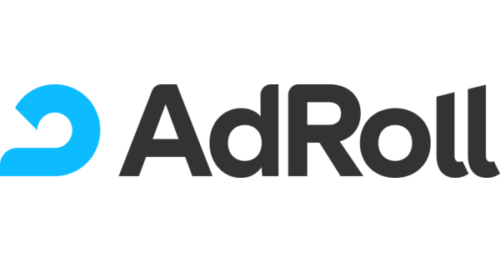
Double Click by Google – Google’s own programmatic advertising solution uses AI to automatically identify your most valuable marketing insights so you can act quickly to achieve your goals. You can easily see what parts of your marketing are working and make informed decisions to improve performance. It lets you understand your audience on a deeper level and identify your most valuable audiences. It’s also a great platform for collaboration within your team.

Ad Ready – gives advertisers the ability to customize their campaigns to drive the performance that they need and Focus on their ROIs rather than benchmarks, managing and optimizing online display campaigns more cost-effectively.

Adobe Marketing Cloud – Lets you easily build and scale automated marketing campaigns across channels that engage your customers in a personalized way, without support from IT.

Eskimi DSP- A platform where data is collected, processed and segments are created. This Data is then used for research, insights and targeting. Campaigns can be targetted by Country, Demographics, Time of Day, Operating System and even the device type.

Programmatic advertising is transforming the landscape of ad trading. It’s making it more affordable and practical to tailor ads to individual users based on contextual criteria. This is critical in marketing to modern consumers who perceive themselves as unique individuals and shy away from the mass marketing tactics of the past. If programmatic advertising is the future, then the future is a bright one with unlimited potential for creative expression.
What do you think? Have you had any experience with programmatic advertising? Share your thoughts with us in the comments below!

